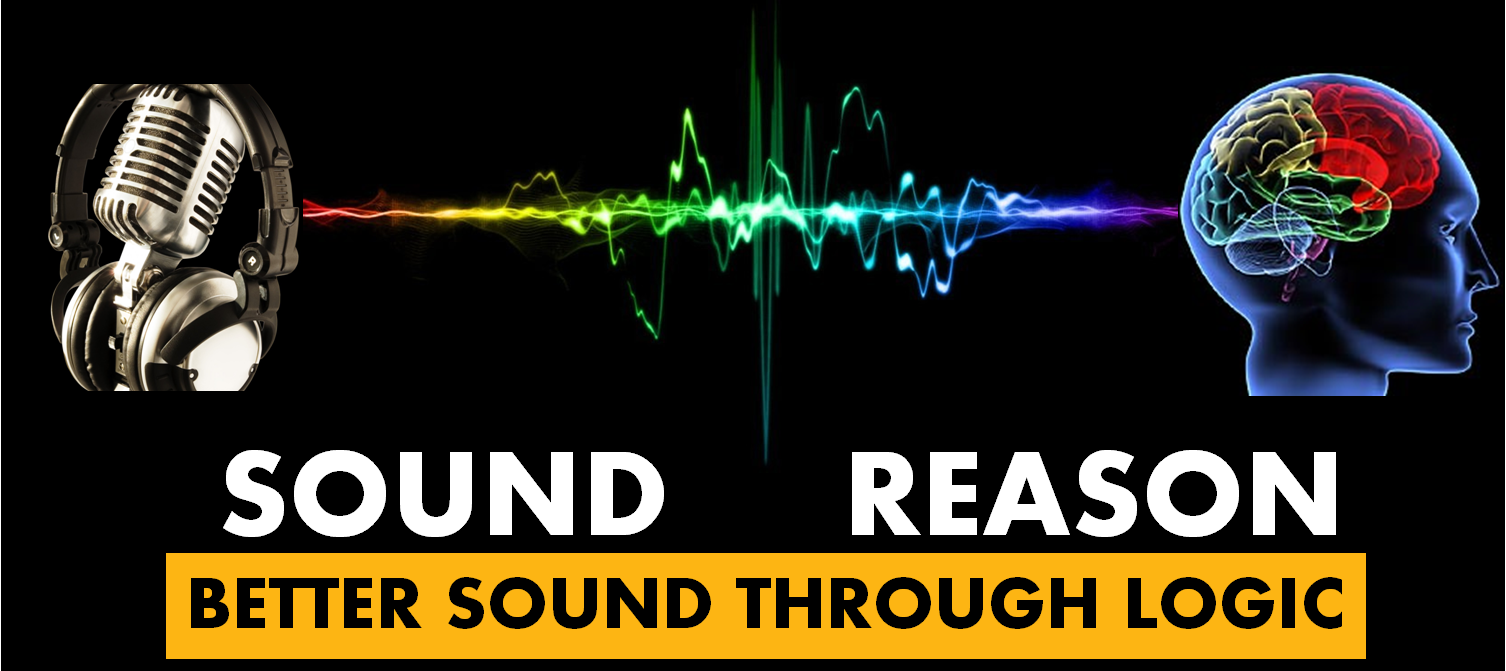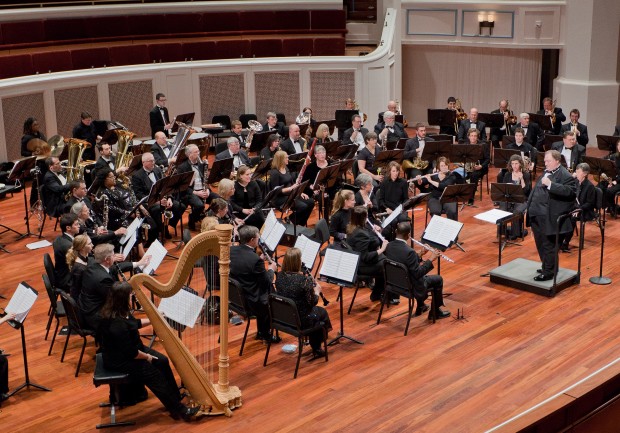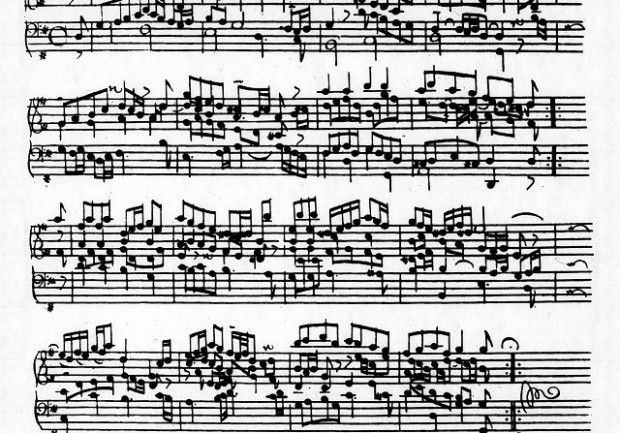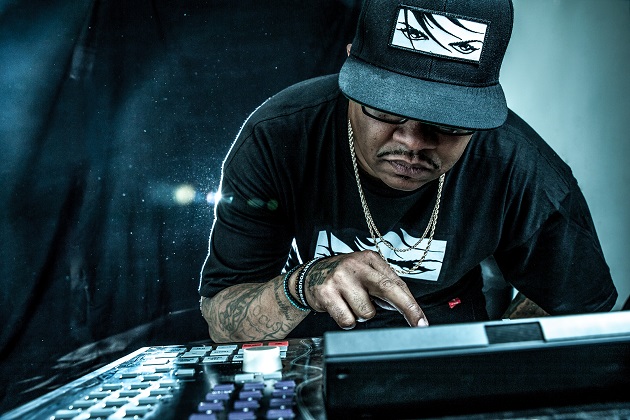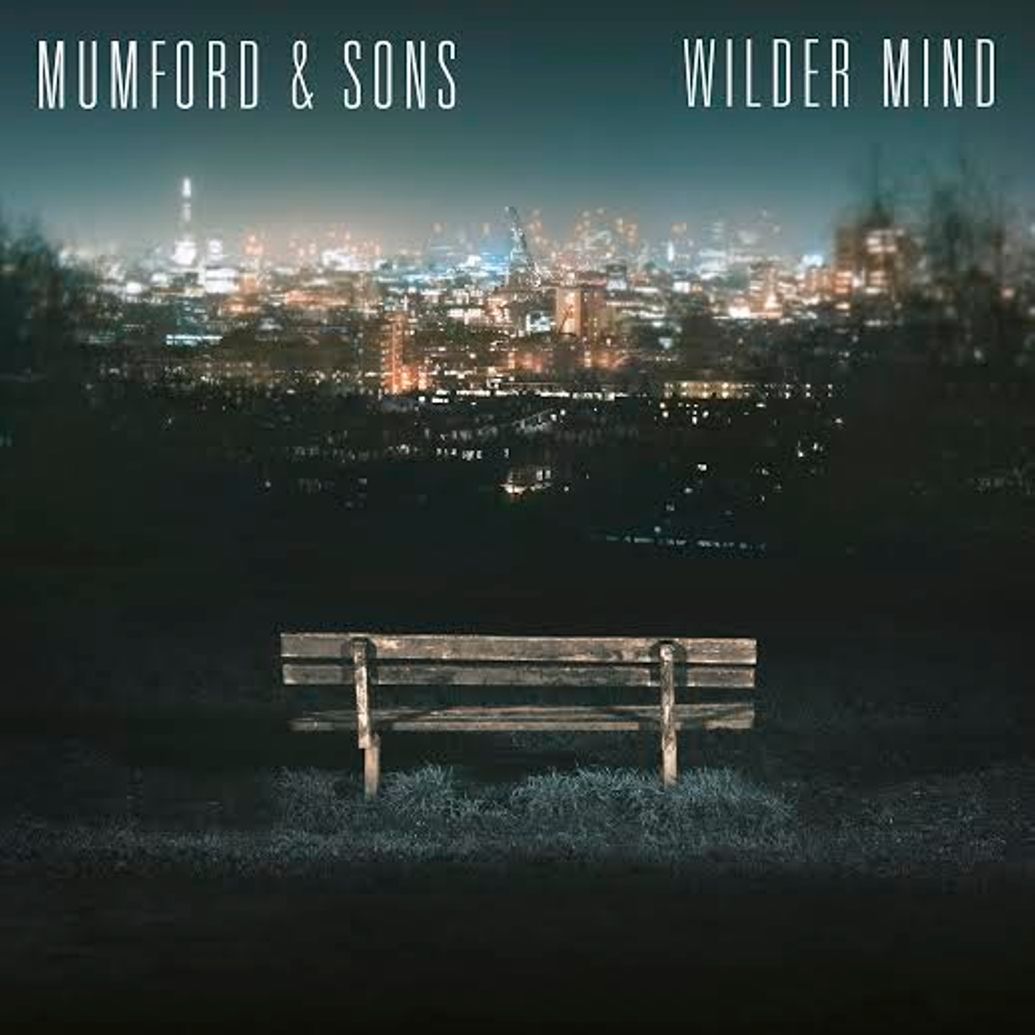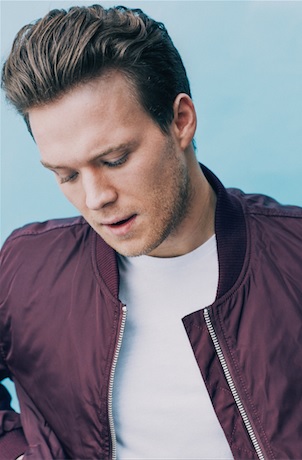 The last prong of the musical trinity is the arrangement. This is where the artists start to separate themselves from the musicians. Many years ago I was playing bass in a jazz band. I was the least experienced member of the group by far, as I was only just learning to play the bass at the time. My conductor took more time to work with me that week than any other member of the band to make sure that I would be able to contribute to the group. Being as we were all just teenagers at the time, he had to
The last prong of the musical trinity is the arrangement. This is where the artists start to separate themselves from the musicians. Many years ago I was playing bass in a jazz band. I was the least experienced member of the group by far, as I was only just learning to play the bass at the time. My conductor took more time to work with me that week than any other member of the band to make sure that I would be able to contribute to the group. Being as we were all just teenagers at the time, he had to
work with us to make sure we understood how to get the best performance required. This included teaching us how to play what we were supposed to, as well as listening to what the other musicians around us were playing. It was the musical conversation that made the songs appealing. Each instrument having a role to play; I don’t remember how he described each section, but I will never forget the following two descriptions:
The drums are the headlights of a band – letting everyone know where they are headed. Are we speeding up? Are we slowing down? Are we going into a shout chorus? Are we hitting a break?
The bass is the heartbeat of the band – it keeps everyone locked down to the tempo, it drives the chord progressions, it gives everyone the down beat to realize where they are at any time.
And it’s that understanding of how the instruments are talking to each other that becomes so vital in an arrangement. A musical conversation doesn’t just have to be a call and response, it can be simultaneous. What the conversation actually refers to is the interplay of notes, chords, and melodies that everyone is playing. If it is a minor progression it draws a certain emotional picture and tone for the song that becomes dark. A major progression tends to keep our emotional connection to a song more positive. Creating this interplay between the instruments and using the knowledge of how to evoke those emotions allows the musician to create a backdrop for the lyrics.
 It’s like looking at a picture or painting. There may be a focal point in the near field such as a person (the lyrics) but the world around that focal point finishes the image (the arrangement). Is the person in the country or the city? Was it night or day? Was it sunny or raining? The lyrics can convey the message very directly to the listener, but the arrangement is what completes and compliments that image. Without an arrangement we don’t get the whole image of what was happening. With an arrangement that contradicts the lyrics, listeners can become confused as to the intent of the song. The instrumentation plays into this scenario by acting like the type of brush or the color selection used to contribute to the background. Do you want broad brush strokes (which could be similar to a horn section)? Do you want subtle color enhancements (string pads)? Do you have a specific theme to the artwork (a repeated musical line that continues throughout a song? All these considerations must be made as the development of the arrangement proceeds.
It’s like looking at a picture or painting. There may be a focal point in the near field such as a person (the lyrics) but the world around that focal point finishes the image (the arrangement). Is the person in the country or the city? Was it night or day? Was it sunny or raining? The lyrics can convey the message very directly to the listener, but the arrangement is what completes and compliments that image. Without an arrangement we don’t get the whole image of what was happening. With an arrangement that contradicts the lyrics, listeners can become confused as to the intent of the song. The instrumentation plays into this scenario by acting like the type of brush or the color selection used to contribute to the background. Do you want broad brush strokes (which could be similar to a horn section)? Do you want subtle color enhancements (string pads)? Do you have a specific theme to the artwork (a repeated musical line that continues throughout a song? All these considerations must be made as the development of the arrangement proceeds.